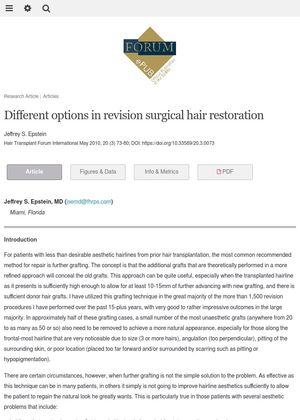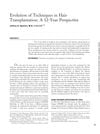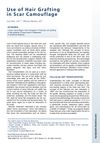Different Options in Revision Surgical Hair Restoration
May 2010
in “
Hair transplant forum international
”

TLDR Different hair restoration techniques like follicular unit extraction, scalp reduction, and body hair transplantation can improve results for patients unhappy with their initial surgery, but they also have potential risks.
The research article from April 30, 2010, investigated various techniques for revision surgical hair restoration, emphasizing the need for individualized treatment plans. The methods discussed included follicular unit extraction (FUE), scalp reduction, and body hair transplantation. The article noted that these techniques could enhance results for patients unhappy with their initial hair restoration surgery, but they also had potential risks and complications. Dr. Jeffrey S. Epstein, who performed 1,500 revision procedures over 15 years, commonly used further grafting. However, for cases where this was insufficient, he suggested alternative procedures: linear excision of the hairline, FUE punch removal of prior placed hairline grafts, and fusiform-shaped scalp reduction. These techniques were especially beneficial for patients with low or flat hairlines, unnatural appearing grafts, and scarring from prior grafts. The use of FUE in repair surgery was also highlighted.





